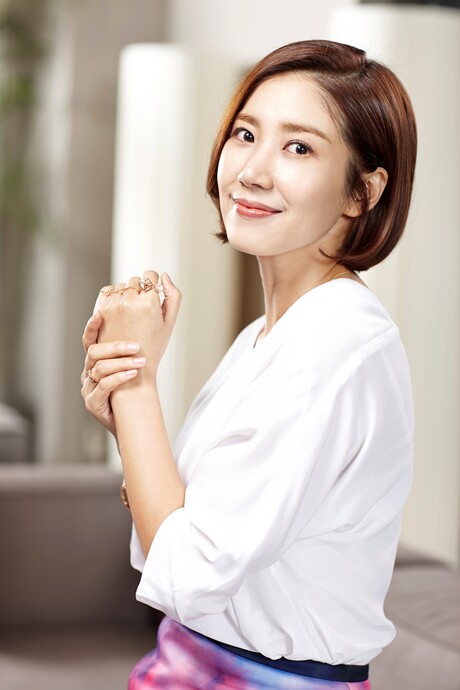The Studio Museum in Harlem officially opened its new purpose-built facility to the public on Saturday, November 15th, marking a historic milestone for the institution dedicated to Black art and culture. The museum, located on West 125th Street in New York, unveiled its first home specifically designed for its programming, replacing the earlier commercial structure that had been adapted for the institution in 1982.
Raymond J. McGuire, Chairman of the Board of Trustees of the Studio Museum in Harlem, emphasized the significance of the new building during a preview event held on November 6th. "This building says to the world, Harlem matters. Black art matters. Black institutions matter," McGuire stated. "It will stand as a lighthouse on 125th Street. A space where creativity and community meet, where young people can see themselves reflected, and orders of African descent can continue to shape our history. This new chapter was not inevitable. It was earned through decades of vision, stewardship and belief."
The architectural design, led by Pascale Sablan of Adjaye Associates, intentionally draws inspiration from familiar urban typologies including "the street, the stage, the sanctuary, and the stoop." Sablan explained during the preview presentation, "It is our hope that every surface, every light-filled space, and every moment of this building will speak to you of this mission." The building occupies the same footprint as the previous museum but has been completely reimagined for the twenty-first century.
The exterior design features a striking facade composed of dark-grey precast concrete with sand-blasted and polished finishes, interleaved with glass and bronze-toned curtain wall elements with vertical fins. This material palette references the masonry architecture of the surrounding neighborhood while establishing a refined architectural presence. At street level, a double-height window opens the museum to the sidewalk, allowing visitors to sense daylight passing through the gallery interior while the broad frontage activates pedestrian flow throughout Harlem.
Upon entering the museum, visitors encounter what the architects describe as a "reverse stoop" - a stepped area that leads downward from the street into the museum lobby. This spatial gesture serves as an invitation to connect, creating a threshold that brings visitors from the city into the institution with minimal impedance. The design emphasizes accessibility and welcomes the community into the cultural space.
The new facility offers 82,000 square feet of interior space, representing an increase of more than fifty percent in exhibition area and almost sixty percent more public spaces compared to the previous location. Gallery volumes are strategically distributed across multiple floors: the second and third floors house exhibition galleries and the education center, while the fourth floor accommodates studios for the Artist-in-Residence program and a reading room. The fifth floor provides flexible event space, and the sixth floor features a roof terrace offering sweeping views of Harlem and beyond.
Vertical circulation throughout the building is anchored by a monumental stair clad in terrazzo, positioned in the central vertical gallery and connecting the lower level to the fourth floor. Corridor galleries and stairs from the fourth floor to the roof are executed in precast concrete with satin-brass railings, maintaining material consistency throughout the building. The gallery on the third floor includes a distinctive barrel-vaulted double-height space specifically designed to accommodate large-scale artworks.
Thelma Golden, Ford Foundation Director and Chief Curator of the Studio Museum in Harlem, reflected on the building's significance: "This building is a reflection of all that - the institution's mission, the community's energy, the artists' aspirations." The public spaces are designed to feel porous, with the café at the lower level, welcome center, lecture and performance hall, retail areas, and project spaces all intertwined with exhibition areas.
Erin Flynn, RA, LEED AP, Partner at Cooper Robertson, emphasized the building's inclusive design approach during the preview event. "We aim to cultivate a sense of engagement among the many different users of the building - whether someone is discovering the art, participating in educational programs, creating in the artist studios, or simply enjoying a coffee," Flynn noted. The design team prioritized accessibility throughout, incorporating two elevators (one shared visitor and freight) and barrier-free routes throughout the facility.
Natural light plays a crucial role in the building's design, with daylight filtering from skylights and double-height spaces deep into the interior. Educational workshops and studios are positioned adjacent to gallery spaces, allowing production and display to coexist seamlessly. Four art niches on the street facade provide dedicated spaces for outdoor sculpture and installations, extending the museum's presence into the streetscape.
The roof terrace, whose gardens are curated by landscape design firm Studio Zewde, offers planted areas around the perimeter and panoramic views across Harlem's skyline. This outdoor space allows events and informal gatherings to take place in the open air, serving as an extension of the gallery into the urban environment. During the presentation, Golden challenged attendees to "think about what it took for us to get here - our resilience, our longevity, our continuing relevance in this moment."
Beyond serving as a landmark work of architecture, the Studio Museum's new home in Harlem represents a commitment to an expanded program of cultural engagement. The exhibition spaces, artist-in-residence studios, educational workshops, and rooftop terrace all work together to widen the museum's role in the neighborhood and beyond. The building is designed to accommodate temporary exhibitions, a permanent collection, public programming, and dedicated spaces for community engagement, positioning it as a vital cultural anchor for Harlem and the broader art world.








